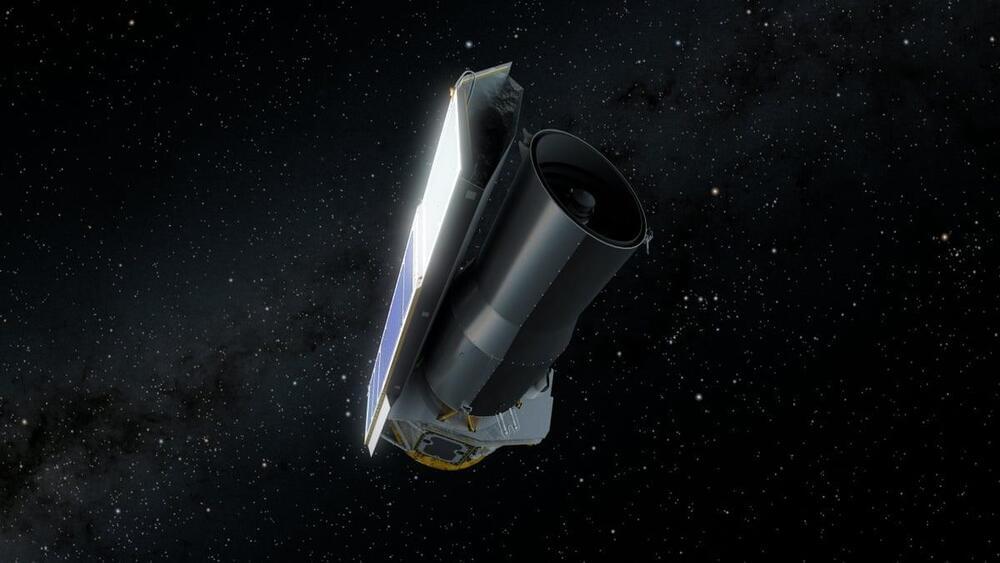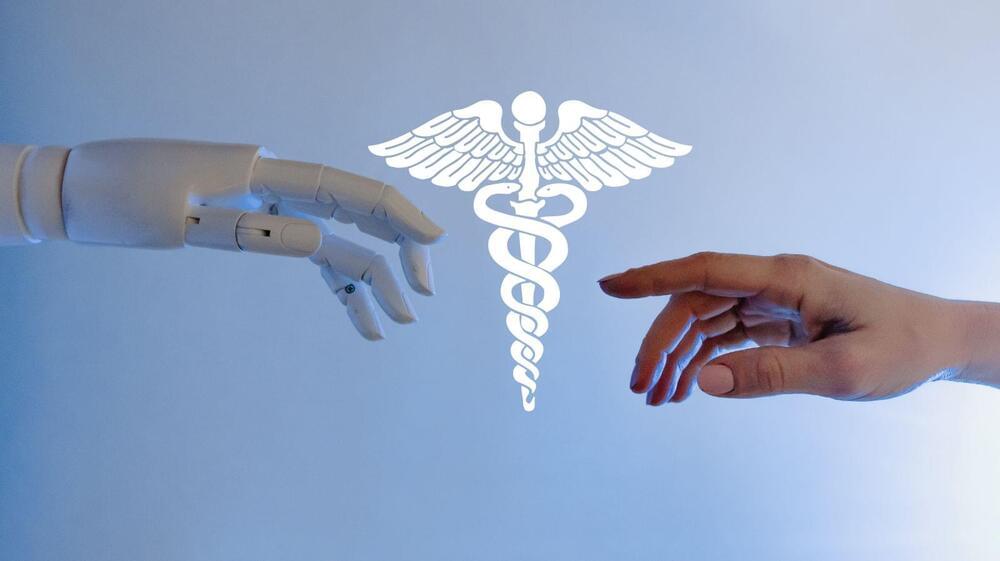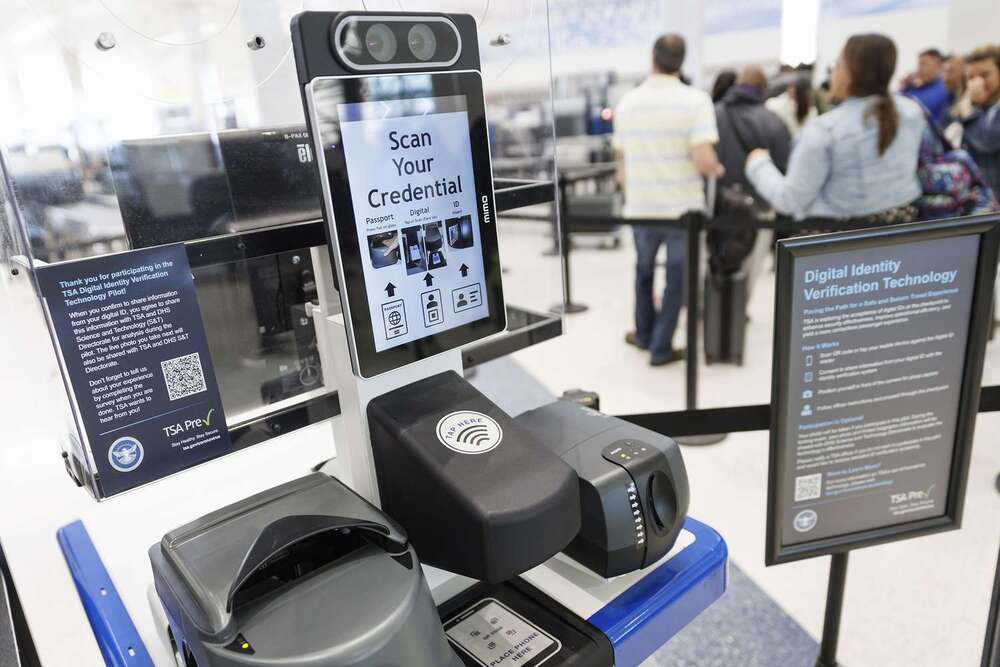Mission to resurrect space telescope 185 milion miles from Earth.
The ambitious plan is the first attempt of a private company to revive expired astronomical tools so far way.


In January 2019, China made history by becoming the first country to land a spacecraft on the far side of the moon. As part of this mission, the Chang’e-4 lunar rover carried a small biosphere with six living organisms, including cotton seeds. While the other plants in the biosphere died quickly, the cotton seeds produced a small plant, which grew two leaves before it died. Researchers then created a 3D simulation of the cotton plant using data from the experiment, which revealed that the cotton plant grew much better than expected before it died from the cold.
This experiment marked the first time that humans have attempted to grow plants on the moon. Growing plants in space is an important part of NASA’s vision of long-term space travel. If astronauts are to embark on missions lasting months or years, they will need fresh produce to supplement their diet. While vitamins and other supplements are effective for short-term missions, the nutrients in supplements and ready-made meals can break down over time. Radiation in space can speed up this process. In addition, fresh vegetables would give astronauts more nutrients and improve the taste of their food. Furthermore, growing plants in space would enable astronauts to have access to fresh, uncooked food, reducing their reliance on pre-cooked meals.
However, growing plants in space is not just about ensuring astronauts have access to fresh food. NASA is also interested in how growing plants can impact the psychological well-being of astronauts. Studies have shown that access to plants and green spaces can have a positive impact on mental health, and astronauts on the International Space Station have reported that fresh flowers and gardens can create a beautiful atmosphere and make them feel more connected to Earth.

Malicious Google Search ads for generative AI services like OpenAI ChatGPT and Midjourney are being used to direct users to sketchy websites as part of a BATLOADER campaign designed to deliver RedLine Stealer malware.
“Both AI services are extremely popular but lack first-party standalone apps (i.e., users interface with ChatGPT via their web interface while Midjourney uses Discord),” eSentire said in an analysis.
This vacuum has been exploited by threat actors looking to drive AI app-seekers to imposter web pages promoting fake apps.
Hackers are using Google Search ads to trick AI tool seekers into downloading malware.

An antibiotic developed some 80 years ago before being abandoned and forgotten could again offer exciting new solutions, this time to the emerging threat of drug-resistant superbugs.
Half of the bacteria-killing drugs we use today are variations of compounds that were found nearly a century ago, during this ‘golden age’ of antibiotics. One called streptothricin was isolated in the 1940s, drawing attention for its potential in treating infections caused by what are known as gram-negative bacteria.
Unlike gram-positive bacteria, these microbes lack a robust cell wall that many antibiotics target. Finding alternatives has been one of the big challenges for the pharmaceutical industry. In 2017, the World Health Organization (WHO) released a list of the most dangerous, drug-resistant pathogens out there. Most were gram-negative bacteria.

Closin in on Doctor jobs.
A medical domain AI developed by Google Researchers broke records on its ability to pass medical exam questions, but more surprisingly generated answers that were consistently rated as better than human doctors. While the study notes several caveats, it marks a significant milestone in how AI could upend a number of professions.

The breadth of BuzzFeed CEO Jonah Peretti’s AI aspirations just got a lot clearer — and if he has it his way, AI use at the viral publisher won’t be limited to time-killing quizzes and bottom-tier travel guides.
“BuzzFeed has always lived at the intersection of technology and creativity. And recent developments in artificial intelligence represent an opportunity to take this convergence to the next level,” Peretti told eager investors at the company’s Investor Day last week. “We view AI as an exciting new creativity tool, one that humans can harness to open up new avenues for imagination, storytelling and entertainment and explore new premium product offerings that allow us to innovate and collaborate with our clients and partners on a new frontier in media.”
“Over the next few years, generative AI will replace the majority of static content, and audiences will begin to expect all content to be curated and dynamic with embedded intelligence,” he continued. “AI will lead to new formats that are more gamified, more personalized, and more interactive.”



The James Webb Space Telescope has helped astronomers detect the first chemical signs of supermassive stars, “celestial monsters” blazing with the brightness of millions of Suns in the early universe.
So far, the largest stars observed anywhere have a mass of around 300 times that of our Sun.
But the supermassive star described in a new study has an estimated mass of 5,000 to 10,000 Suns.
